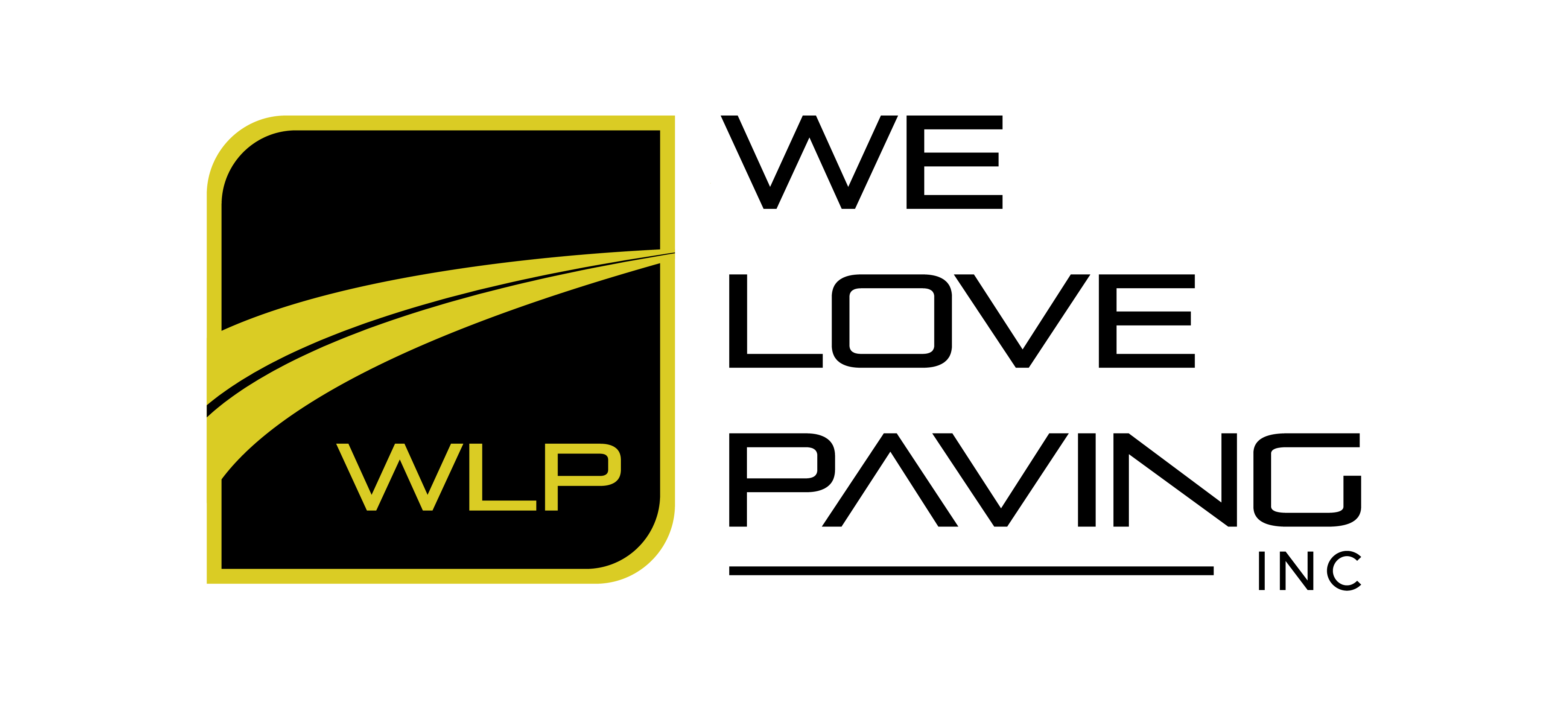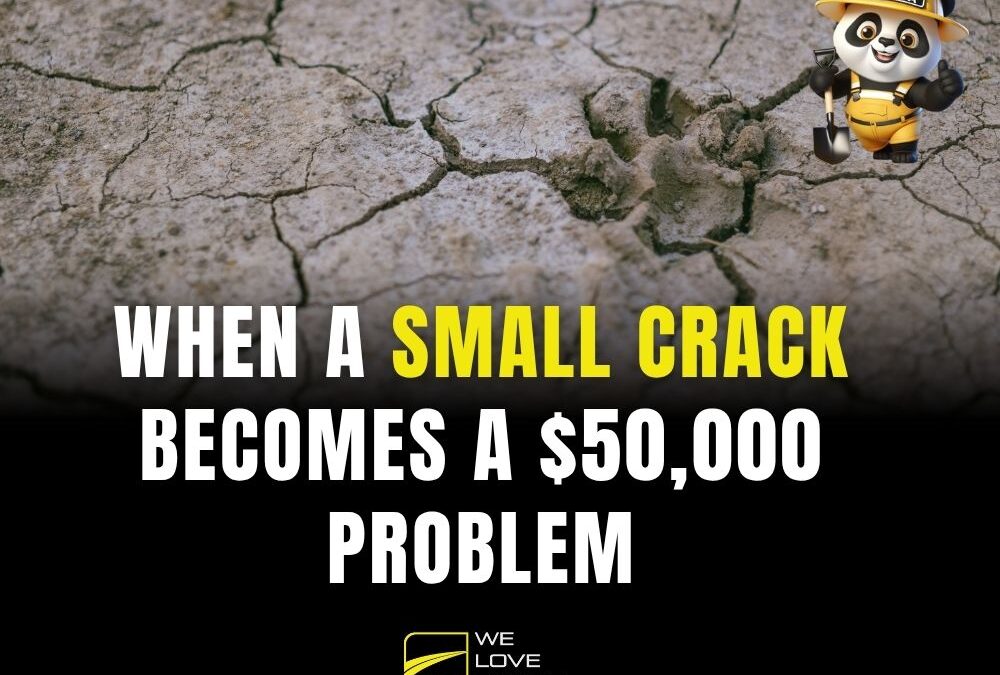It starts as a thin line across your parking lot. Barely noticeable — until it rains, freezes, and months later, your entire pavement starts to crumble.
Most property managers think of crack filling as cosmetic maintenance. In reality, it’s the first line of defense against structural failure that can turn a $300 fix into a $50,000 replacement.
The Real Cost of Ignoring Cracks
Water is pavement’s worst enemy. Once it seeps into small surface cracks, it weakens the layers underneath — the base and sub-base that keep your pavement stable.
As temperatures change, cracks expand and contract, allowing even more moisture to penetrate. Over time, what began as a hairline fracture evolves into alligator cracking, potholes, and full-depth failure.
Reactive repairs cost 10–20 times more than preventive crack filling. What could’ve been a simple maintenance task becomes a full reconstruction project.
Crack Filling Is Structural, Not Cosmetic
Crack filling restores the pavement’s structural integrity, not just its appearance. By sealing the openings, you prevent water, oil, and debris from infiltrating and compromising the base.
Professional crack filling involves:
-
Cleaning the cracks thoroughly to remove dirt and vegetation.
-
Routing to create uniform edges for better bonding.
-
Applying hot-pour sealant designed to expand and contract with temperature changes.
This process ensures flexibility and durability — keeping your surface sealed and strong year-round.
How Often Should You Fill Cracks?
Preventive maintenance is all about timing.
-
Inspect your pavement once a year, ideally in spring or fall.
-
Crack filling works best when temperatures are between 40°F and 75°F.
-
Pair it with sealcoating every 2–3 years to maximize pavement life.
Regular maintenance can double your pavement’s lifespan — from 8–10 years to as much as 20.
Real-World Math: The $50,000 Lesson
A 50,000-square-foot commercial parking lot in California skipped crack filling for three consecutive years. What started as minor surface cracking evolved into widespread base erosion and structural failure.
The result? Full milling and asphalt overlay were required.
Total cost: $48,700.
Estimated cost of annual crack filling: ~$600/year.
A small oversight turned into a massive repair bill.
How to Stay Ahead
Here’s a simple checklist to protect your pavement investment:
-
Inspect at the beginning and end of each season.
-
Fill cracks larger than ¼ inch immediately.
-
Hire licensed professionals — not general handymen.
-
Keep photo records and maintenance logs.
Being proactive today prevents massive reconstruction tomorrow.
Don’t Let a Small Crack Become Your Biggest Expense
At We Love Paving, we don’t just patch problems — we prevent them.
Our crack filling services are designed to stop damage before it spreads, protecting your property and your budget.
👉 Schedule your free crack inspection today and keep small problems from becoming $50,000 headaches.

